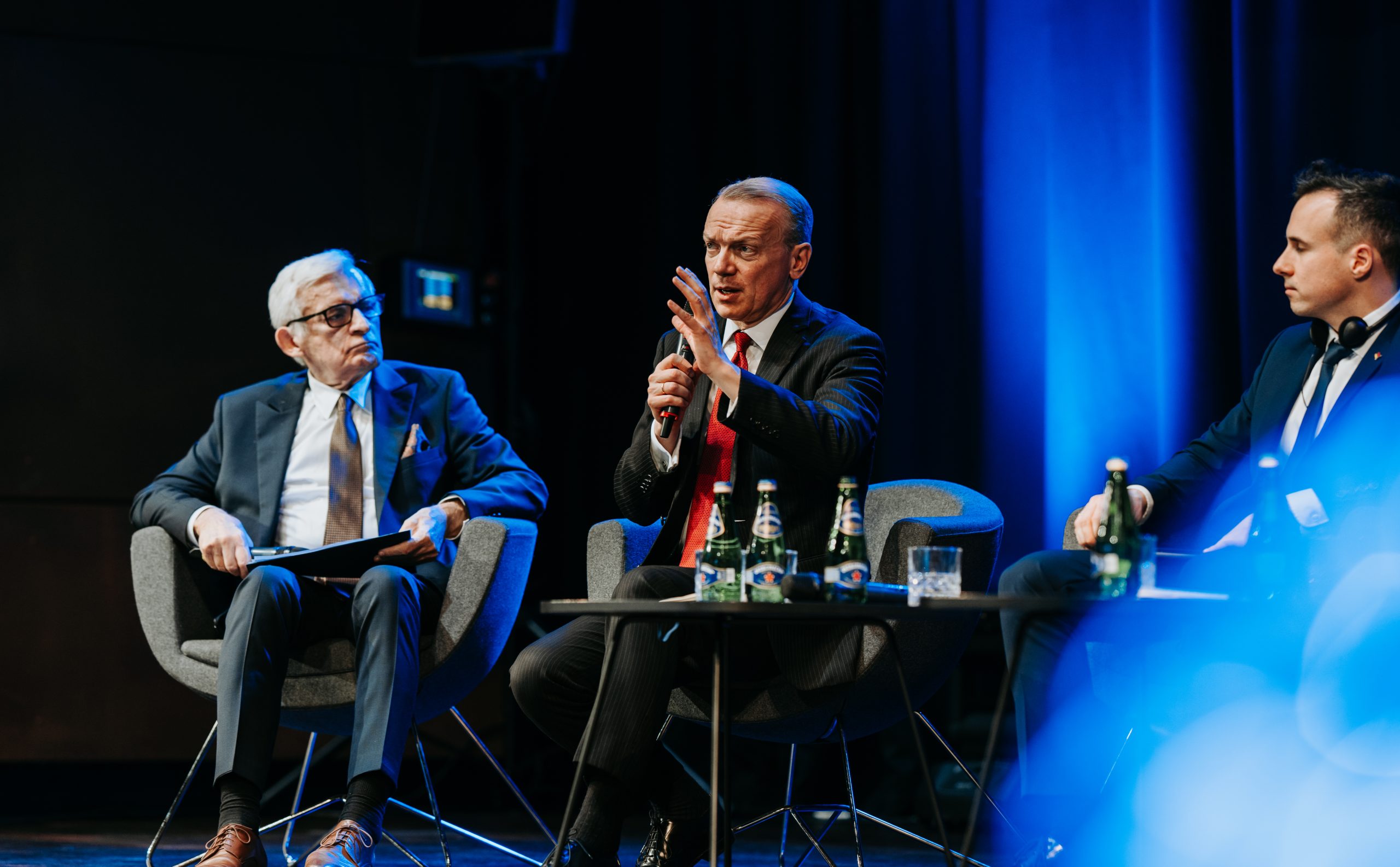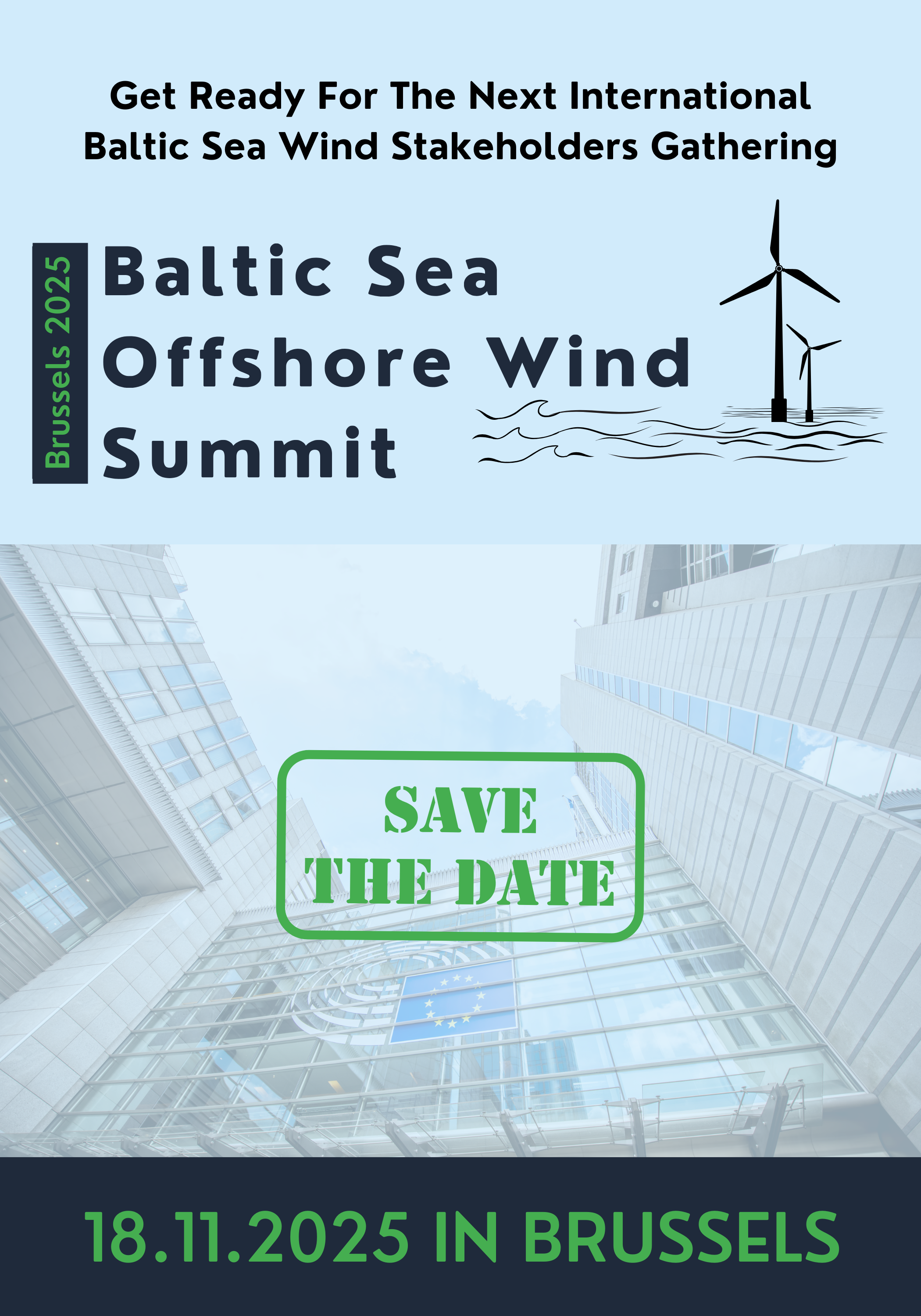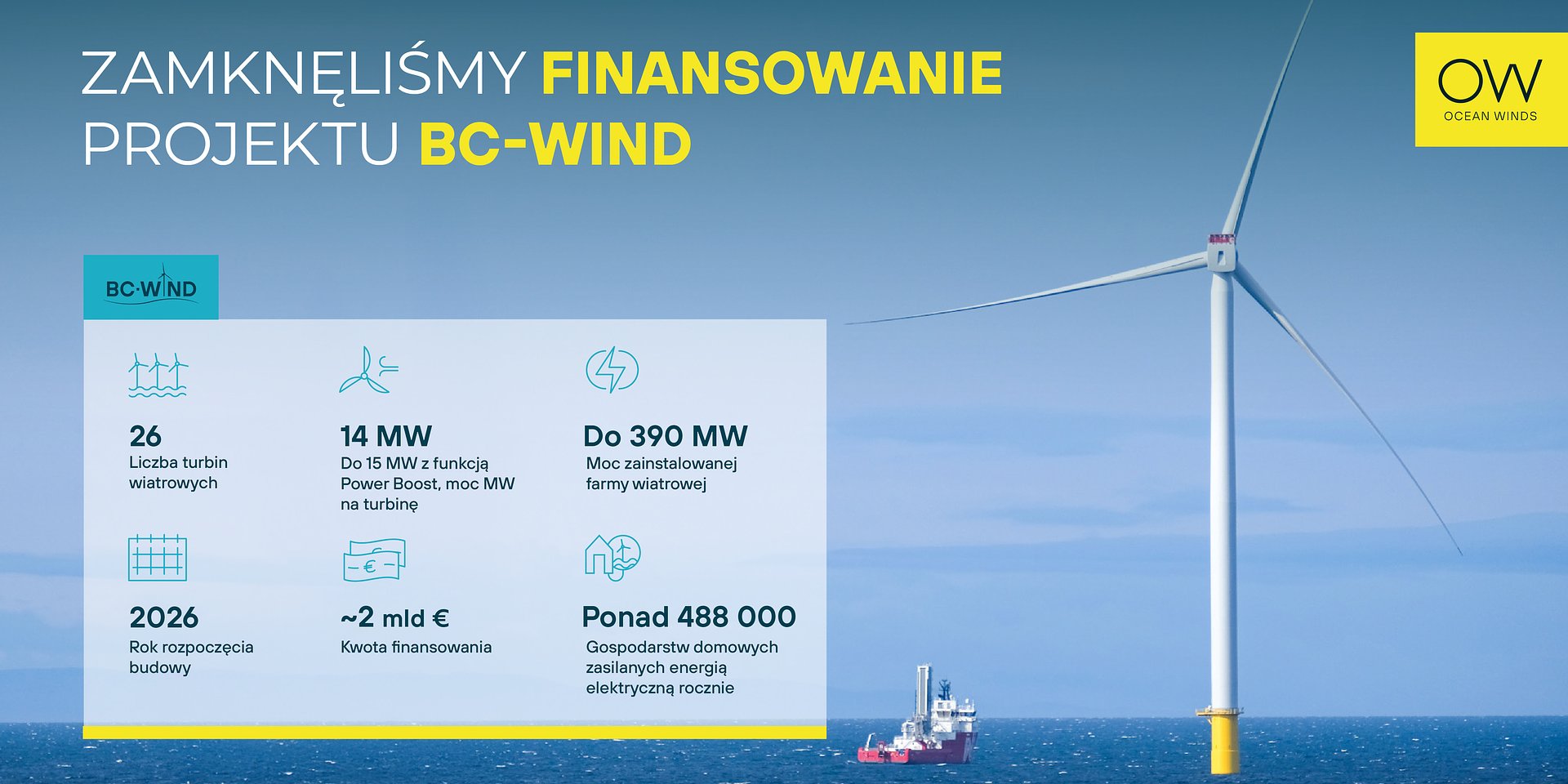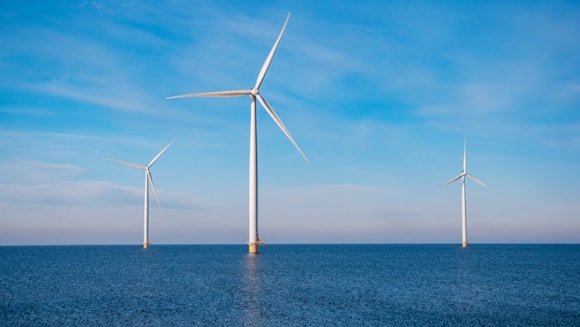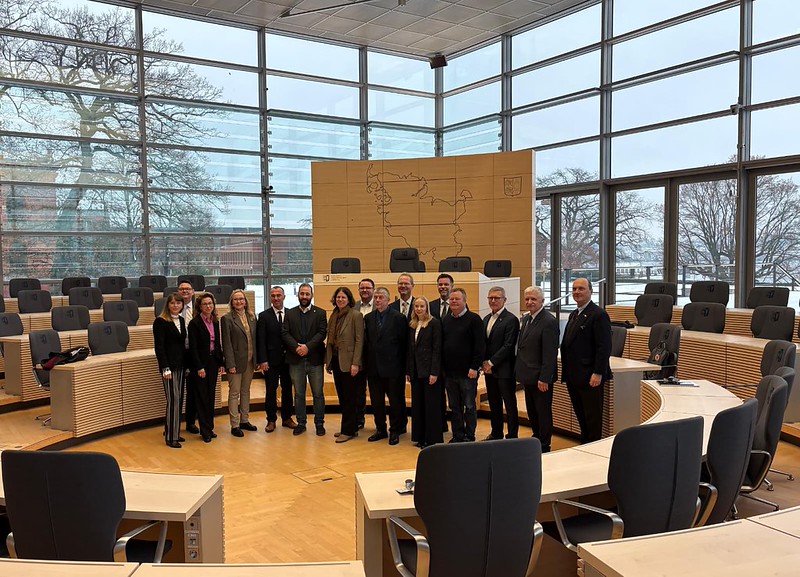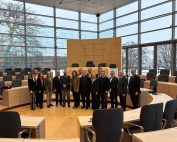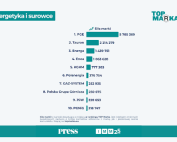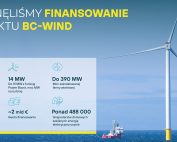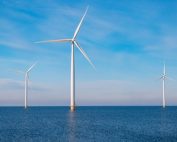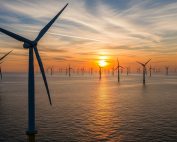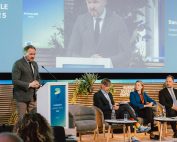Giles Dickson, the CEO of WindEurope, offered his perspectives on the recent Baltic Sea Offshore Wind Summit (BSOWS2025) during an interview. The conversation highlights the positive momentum in the Baltic offshore wind sector and underscores the importance of regional collaboration.
Dickson began by stating that things are starting to move in the Baltic Sea region’s offshore wind development, noting that Poland is building its first offshore wind farm and Finland is making progress. He emphasized that countries need to act quickly to capitalize on the opportunities. As Dickson stated, “Things are starting to move. Poland is building its first offshore wind farm. Finland is progressing. Denmark and Germany of course, have lots of projects already that countries need to move quickly, otherwise they will miss the boat”.
Reflecting on the summit’s debates, Dickson identified a strong sense of goodwill and interest among governments and industry stakeholders in the Baltic region, including industrial off-takers eager to consume more offshore wind. He noted the growing demand for offshore wind energy and the significant interest from investors, characterizing the situation as potentially a “win-win”. According to Dickson, “There’s a lot of goodwill and interest among governments industry around the Baltic region, including among industrial off takers who want to be consuming more offshore wind. The demand is growing. So this is looking like a ‘win win’. There’s a lot of people who want to invest in offshore wind in the Baltic Sea as well. That’s very promising”.
The crucial role of regional dialogue emerged as a key takeaway for Dickson. He stressed that the eight countries around the Baltic Sea must coordinate their grid planning and development. This includes decisions on the types of grid connections for offshore wind farms – whether they will be radial point-to-point connections or hybrid connections. Furthermore, he pointed out the need for coordination regarding the relationship between offshore wind farms and subsea interconnectors between countries, including the possibility of offshore wind farms plugging into these interconnectors. As Dickson explained, “It is essential. The eight countries around the Baltic Sea have to coordinate their grid planning and development. What sort of grid connections to their offshore wind farms are they going to have? Will everybody just have radial point to point connections, or will there be some hybrid connections?”.
Dickson also emphasized the necessity of cooperation on ensuring the physical security of offshore wind infrastructure and subsea power cables, particularly given the Baltic Sea’s geographical context. Moreover, he advocated for a collaborative, sea basin approach to biodiversity protection. He suggested that if an offshore wind farm needs to implement mitigation or restoration measures for potential environmental impacts, they should be allowed to do so anywhere in the Baltic Sea, not just within their national borders.
Looking ahead to the second edition of the Baltic Sea Offshore Wind Summit in Brussels later in the year, Dickson conveyed a message to potential participants. He highlighted the significant interest in Brussels, within the European Union, and among the Baltic Sea countries, for closer collaboration on offshore wind development. He drew a parallel to the close coordination already existing among North Sea countries and noted the EU’s desire to replicate this level of cooperation in the Baltic Sea. Dickson concluded by encouraging participation in the Brussels event, anticipating substantial interest from the European Commission, the European Parliament, and the permanent representations of the eight Baltic governments.
